I think one of the most humbling experiences one can live is to learn a trade from a different culture, even more so from someone who has no formal education.
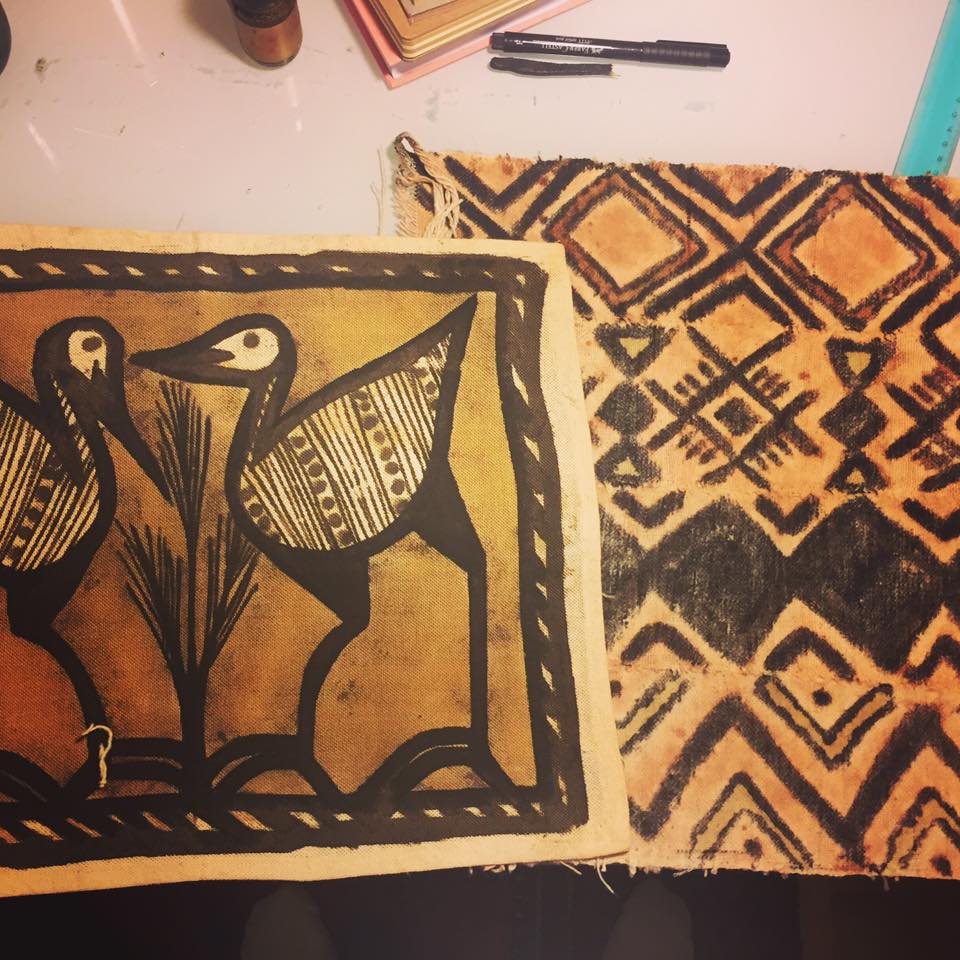
We tend to overestimate the value of formal education in part because we have monetized this word to align it to a world where our value lies in our social or professional status. But institutionalized education does not teach you how to be more human/humane. The current way we access learning has only widened the gap between high and pop culture or the rich and the poor.
I have learned the most important things in my life from someone who did not have this formal education and could not even write, my grandmother. And I am still struggling to unschool myself so I don’t pass down the same institutionalised patterns of thought to my son.
If you have the opportunity, learn to teach your brain how to command the hands into shaping and creating stuff from someone in your family. Such skills passed down from generation to generation are invaluable and no school can compensate for this transmission of emotions. Body and brain should work together to create a meaningful profession.
From the wisdom of philosopher Richard Kyte:
There’s plenty of opportunity to do this in Switzerland, everyone seems to be doing something outside their jobs here, be it artistic or sport…even more exotic arts such as African mud painting.
So I’ll cut to the chase and share what I’ve learned about making the Burkina Fasso mud cloth.
 Home spun cotton, made in Burkina Faso by village men
Home spun cotton, made in Burkina Faso by village men
The first step is drawing the design (usually geometric) with a special plant based color that will make the mud stick to it. I have chosen Romanian motives which are also found in the Bambara culture. Mamoudou Bolly was surprised to learn that I painted a “Romanian bogolan” instead of a burkinabe one as he could see no difference.
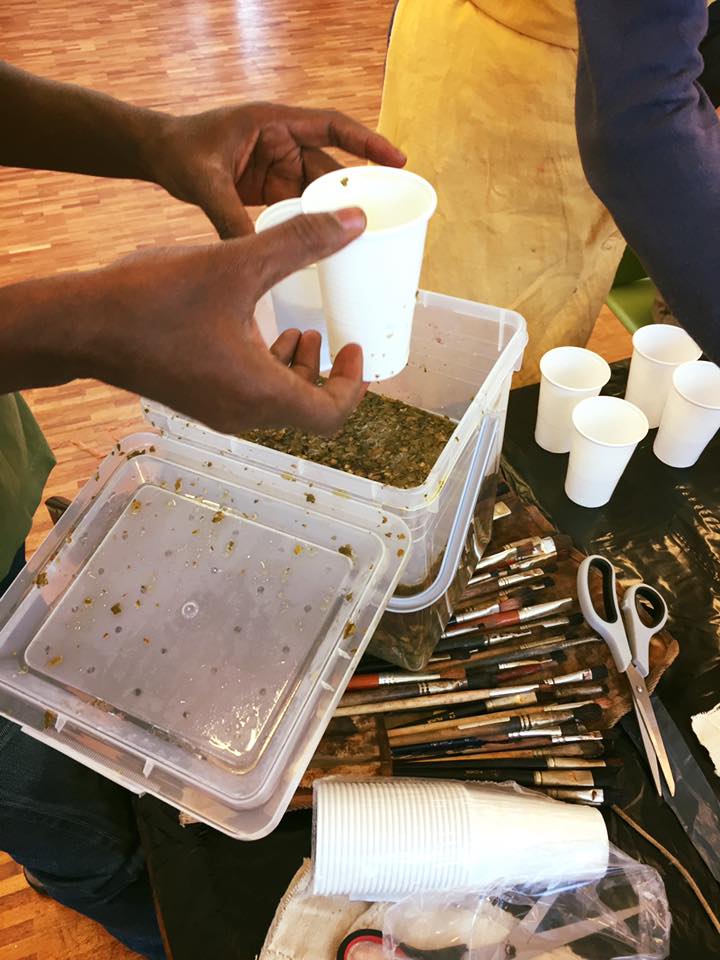

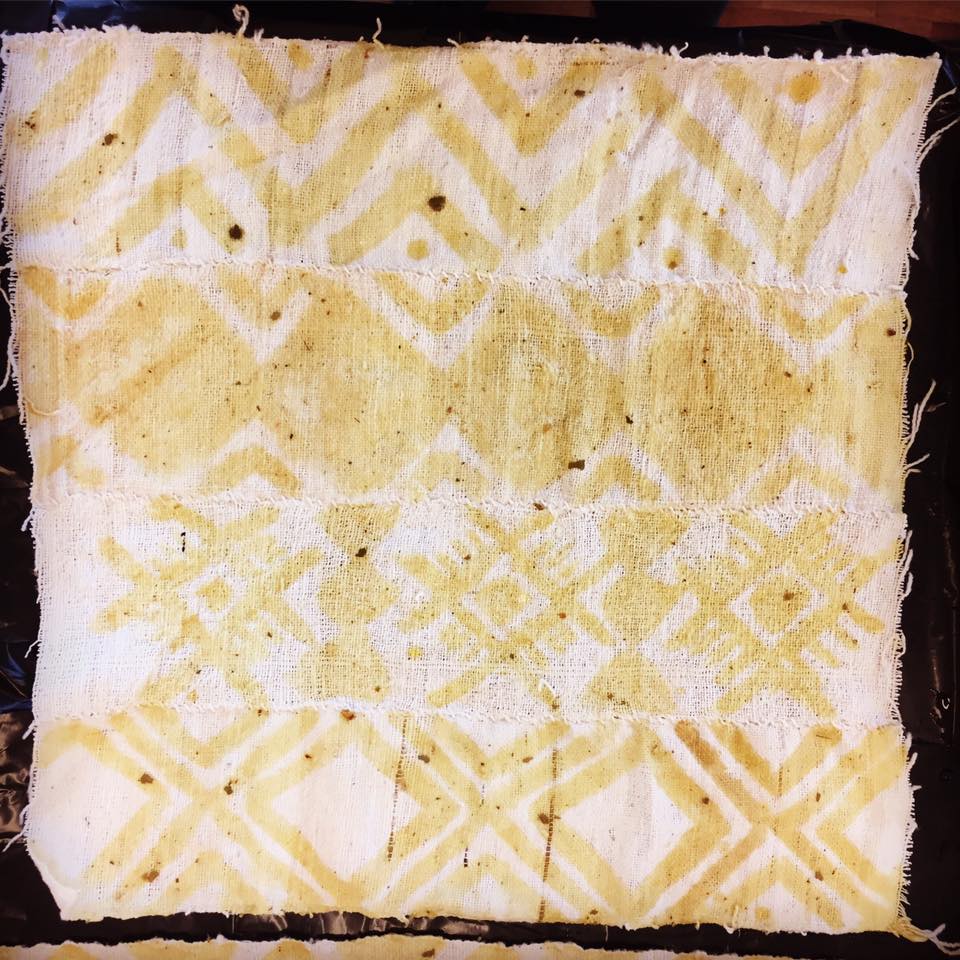
The mud is mixed with a cereal (milet) and must ferment for 3 days before it can be applied.
The fermented mud will chemically interact with the yellow plant based dye turning it black. After the mud has dried the cloth is washed and the process repeated several times until the design is darker, brownish black.
Other plant based dyes can be used to obtain more colorful bogolans but only the yellow one (Anogeissus leiocarpa) works with the mud to create the brownish black color.
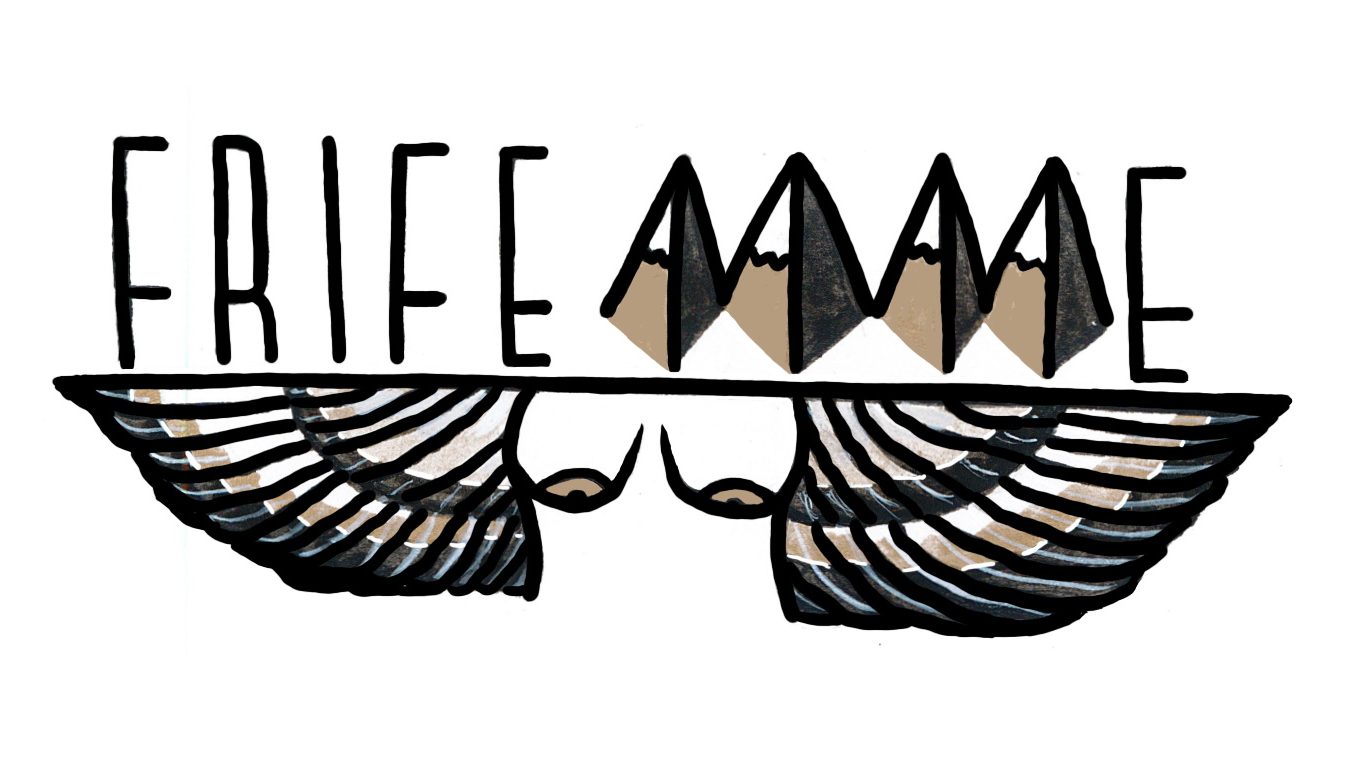
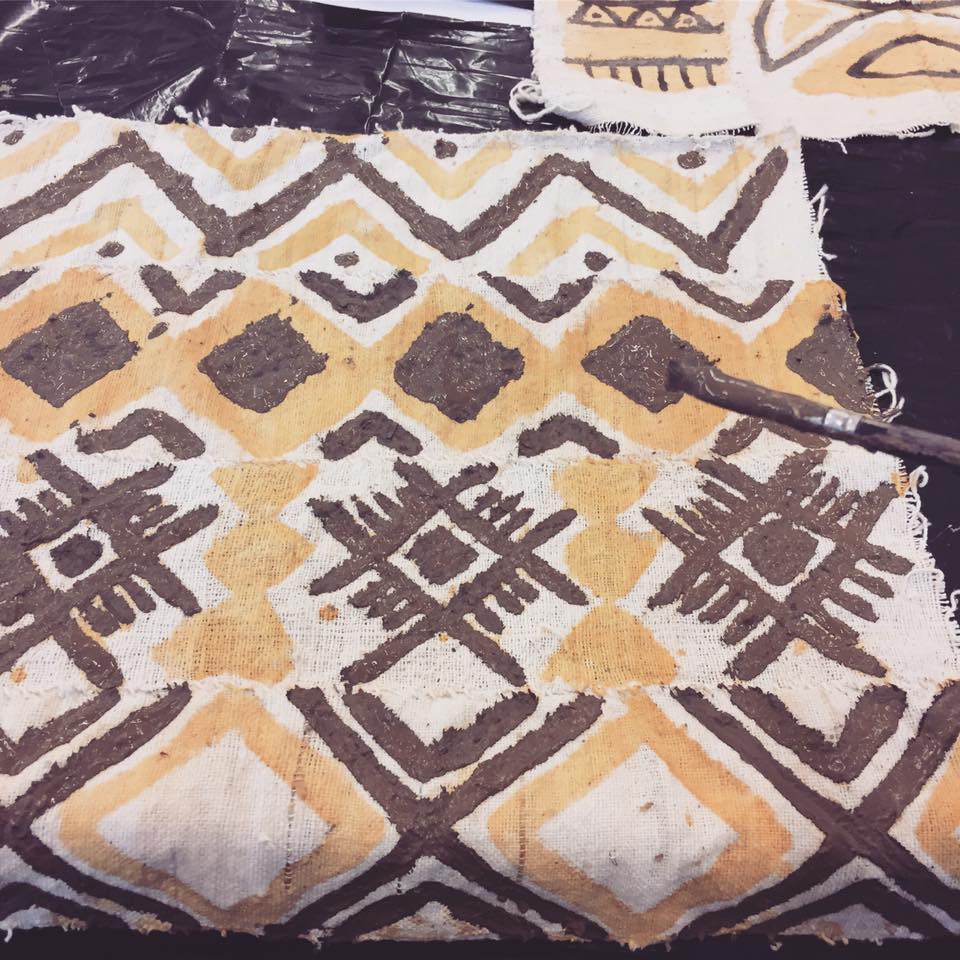


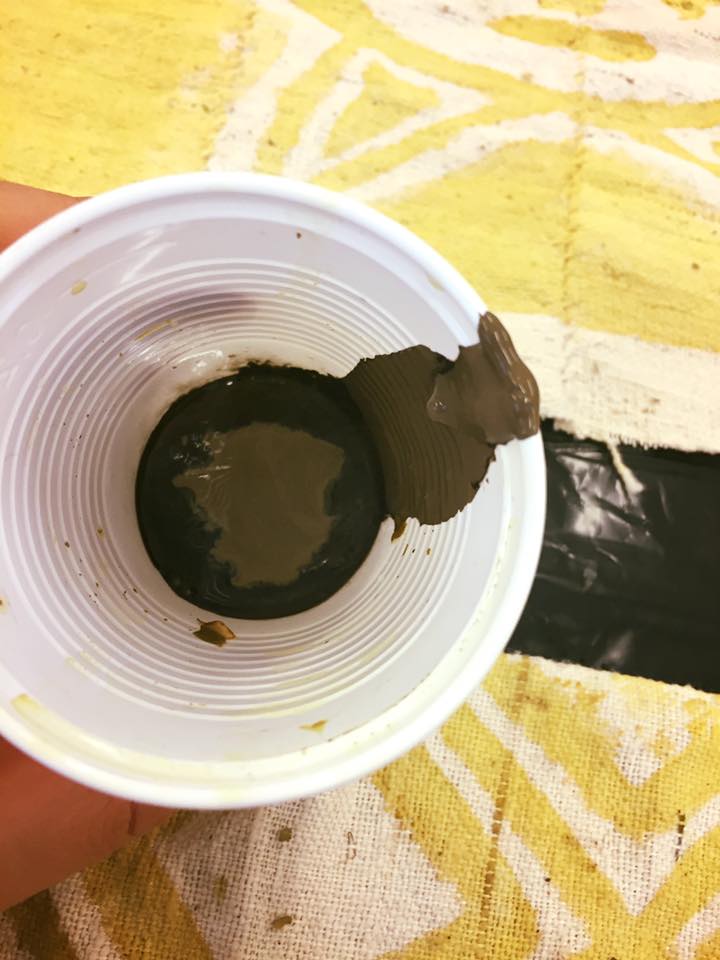



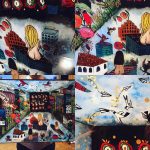

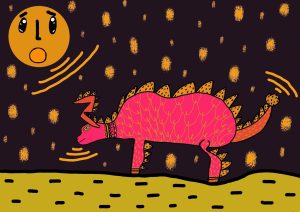
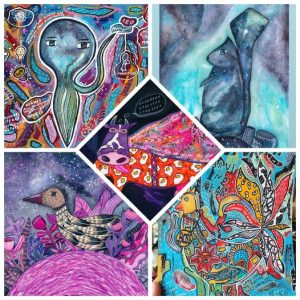

No comment yet, add your voice below!